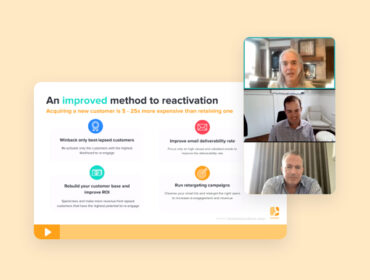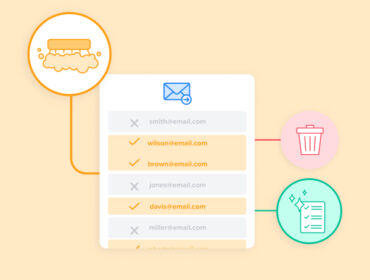How publishers and advertisers are building and activating first-party audiences
As publishers and advertisers anticipate the demise of the third-party cookie, they’re turning to first-party data as the key to understanding and building relationships with their audiences.
To break down exactly how this first-party data can be used to drive growth, LiveIntent CMO, Kerel Cooper, led a recent discussion for IAB Audience Connect featuring:
- Peter Chang, CRO, Likemind
- Paige Govoni, Growth Marketing Lead, ThirdLove
- Jessica Muñoz, SVP of Product Marketing & GTM Strategy, LiveIntent
Here’s what they had to say about activating first-party data to improve audience targeting, engagement, and revenue.
Growing your first-party data footprint
Women’s intimates retailer ThirdLove runs a virtual fitting room where customers can answer questions about their specific needs and receive personalized product recommendations. In return, the D2C brand gathers high-quality first-party data from its audience and more accurately targets them with ad campaigns.
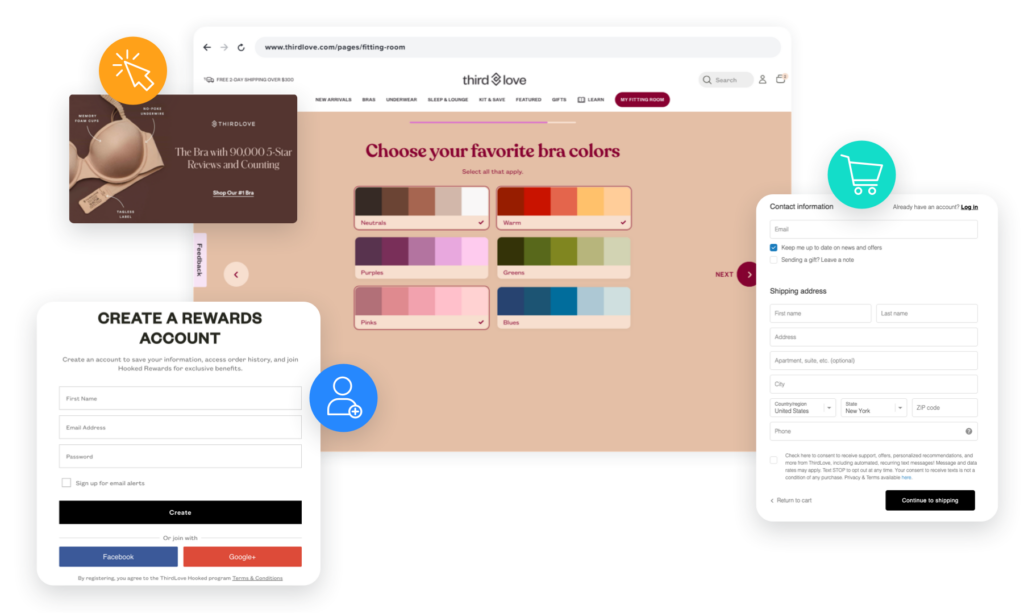
“We’re learning what issues we can solve for [our customer], what products we can recommend that really uplift her life,” Govoni says. “The segmentation for first-party data lookalikes is crucial for us, especially as we try to branch into additional categories and push new products — finding who’s buying that product allows us to really help scale user growth.”
Leveraging email for marketing and advertising
Digital media company Likemind is an “email-first publisher,” as Chang put it, building and retaining its audience primarily through the email channel.
“Email has the benefit of being a really safe space because it’s an opt-in environment,” says Chang. “So the users that stay active are highly engaged and a really captive audience.”
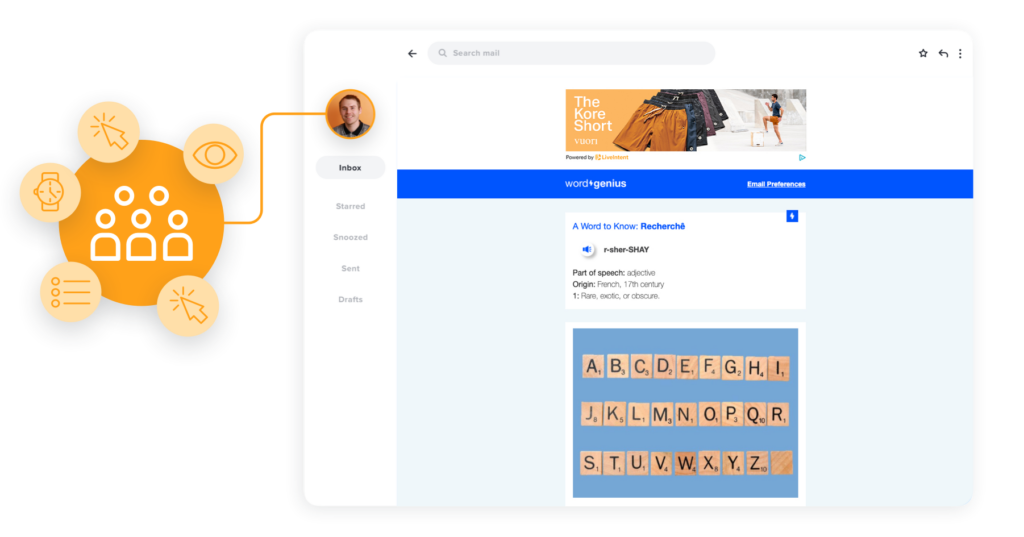
Beyond just open rates and clicks, email provides Likemind with audience signals that it can use to build segmentation strategies, deliver curated experiences, and enhance targeting for ad partners.
ThirdLove also invests in email marketing for a simple reason: That’s where consumers are engaged. As Govoni says, “They’re in the mood to consume content; let’s meet them in that moment and really capitalize on that.”
After testing email campaigns with LiveIntent in early 2021, ThirdLove immediately saw efficient CPAs and high-quality traffic. The brand then expanded its partnership to make email an even bigger part of its media mix.
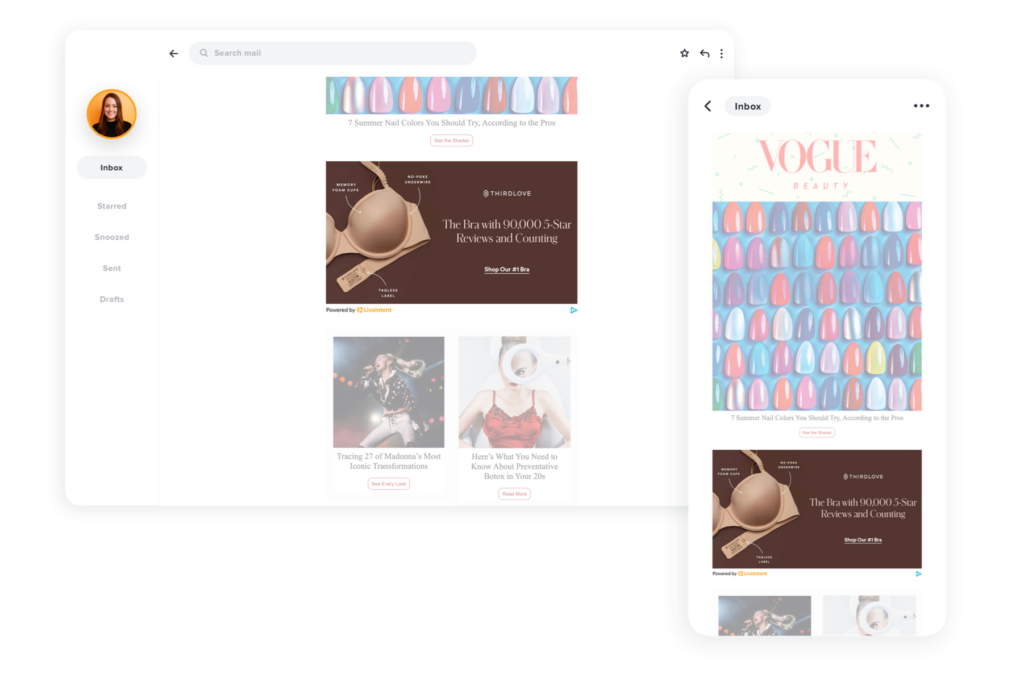
“We work with a lot of D2C brands who come from social and have maxed out their performance, so they want to explore other channels,” says Muñoz. “They’re seeing close to an 87% return on their investment with us.”
One loungewear brand even discovered an entirely untapped audience segment on email that they didn’t know they had and weren’t reaching on social media.
“We were able to have them activate their first-party data and then build upon it to find new customers and add that to their CRM,” Muñoz says.
Getting started with email as a first-party data source
Chang’s advice for publishers and advertisers who are thinking about investing in email? Don’t delay.
“Include email as part of your first-party initiatives,” he says. “Be really scientific with mapping out the foundational data points and focus on the ones that inform strategies on a holistic level because I think first-party data can have many different applications. And, longer term, it becomes the machine and the core for how a business operates and grows.”
Meanwhile, Govoni recommends focusing on the quality of your data, not just the quantity.
“It’s not just enough to capture the email, but to learn who is behind that email address, what do they like, what do they need in their life?” she says. “And that allows you to really bring them on that personalized journey and have your business add value to their life.”
Muñoz also suggests testing new strategies now in order to pinpoint audience preferences and opportunities for growth.
“Start figuring out how to test new strategies today while you have a baseline to test against — something that you trust and that you’ve been using for a while now,” she says. “That’s the easiest way to really understand what’s going to work in the future.”

